Description
HUASTEC MUSIC
The musical tradition of the Huastecas is of enormous richness and variety, which may be the result of coexistence between diverse groups. As in culture, in music there are common and different elements in the heritage of each group. As a common substratum, although controversial, the European origin of almost all contemporary forms can be mentioned. As differences, the styles and purposes that each group grants to its musical heritage can be pointed out. Based on them, the materials presented in this volume have been grouped into two sections, all of them collected directly in the field in the years 1963 and 1964: the indigenous dances and the huapango or huastec son (musical genre) of the mestizo group.
Music and dance constitute an indissoluble unit in the indigenous group by virtue of its purpose: this is eminently religious. The organization and practice of the dances is conceived as a form of worship for the saints of the Catholic pantheon, and even as a vehicle to exert pressure on their action, that is, endowed with magical virtues. Thus, the dances are celebrated associated with the calendar and the Catholic ritual, very especially in the titular festivities of the Patron Saint of the community. This set of dances preserves ancient elements, both pre-Hispanic and European, but these must be considered as integral parts of contemporary forms, of current realities, in a process of constant renewal. The examples described below were selected with the intention of representing a larger group.
SIDE 1
INDIGENOUS DANCES
- A1 Dance of the Tigrillo.–Mata del tigre, Tontoyuca, Veracruz.
Performer(s): Group of Captain Cristobal Santiago. - A2 Dance of the Cuaneros.–Chililico, San Luis Potosí.
Performer(s): Julio Filomeno Hernández, violin, Felipe Hernández, huapanguera. - A3 Dance of the Wands.–Aquismón, San Luis Potosí.
Performer(s): ? - A4 Dance of Las Coloradas.–Tancanhuitz (Cd. Santos), San Luis Potosí.
Performer(s): ? - A5 Dance of the Hawks.–Garrapata, San Lorenzo, Tantoyuca, Veracruz.
Performer(s): Serapio del Angel - A6 Tsacamson (Little Dance).–Tancanhuitz (Cd. Santos), San Luis Potosí.
Performer(s): ? - A7 Dance of the Mirrors.–Silusúchitl, Tantoyuca, Veracruz.
Performer(s): Angel Pascasio Concepción, violin; Bonifacio Bishop, hapanguera. - A8 Pulitson (Big Dance).–Tampate, San Luis Potosí.
Performer(s): Francisco Guzman - A9 Dance of the Matlachines.–Ciudad Valles, San Luis Potosí.
Performer(s): Valles singers trio: Dionisio Ramos, violin; Cresencio Martínez, jarana, and José Navarro, huapanguera.
SIDE 2
THE HUAPANGO
- B1 The Instruments.–Ciudad Valles, San Luis Potosí.
Performer(s): Valles singers trio: Dionisio Ramos, violin; Cresencio Martínez, jarana, and José Navarro, huapanguera. - B2 La Guasanga.–Ciudad Valles, San Luis Potosí.
Performer(s): Soul trio of the three Huastecas: Alberto Barragán, violin; Pablo Alvarado Hernández, jarana; Nicolás Martínez Ponce, huapanguera. - B3 Crying (or the dawn).–Ciudad Valles, San Luis Potosí.
Performer(s): Valles singers trio: Dionisio Ramos, violin; Cresencio Martínez, jarana, and José Navarro, huapanguera. - B4 La Petenera.–Ciudad Valles, San Luis Potosí.
Performer(s): Soul trio of the three Huastecas: Alberto Barragán, violin; Pablo Alvarado Hernández, jarana; Nicolás Martínez Ponce, huapanguera. - B5 Sacamundu.–Ciudad Valles, San Luis Potosí.
Performer(s): Valles singers trio: Dionisio Ramos, violin; Cresencio Martínez, jarana, and José Navarro, huapanguera.







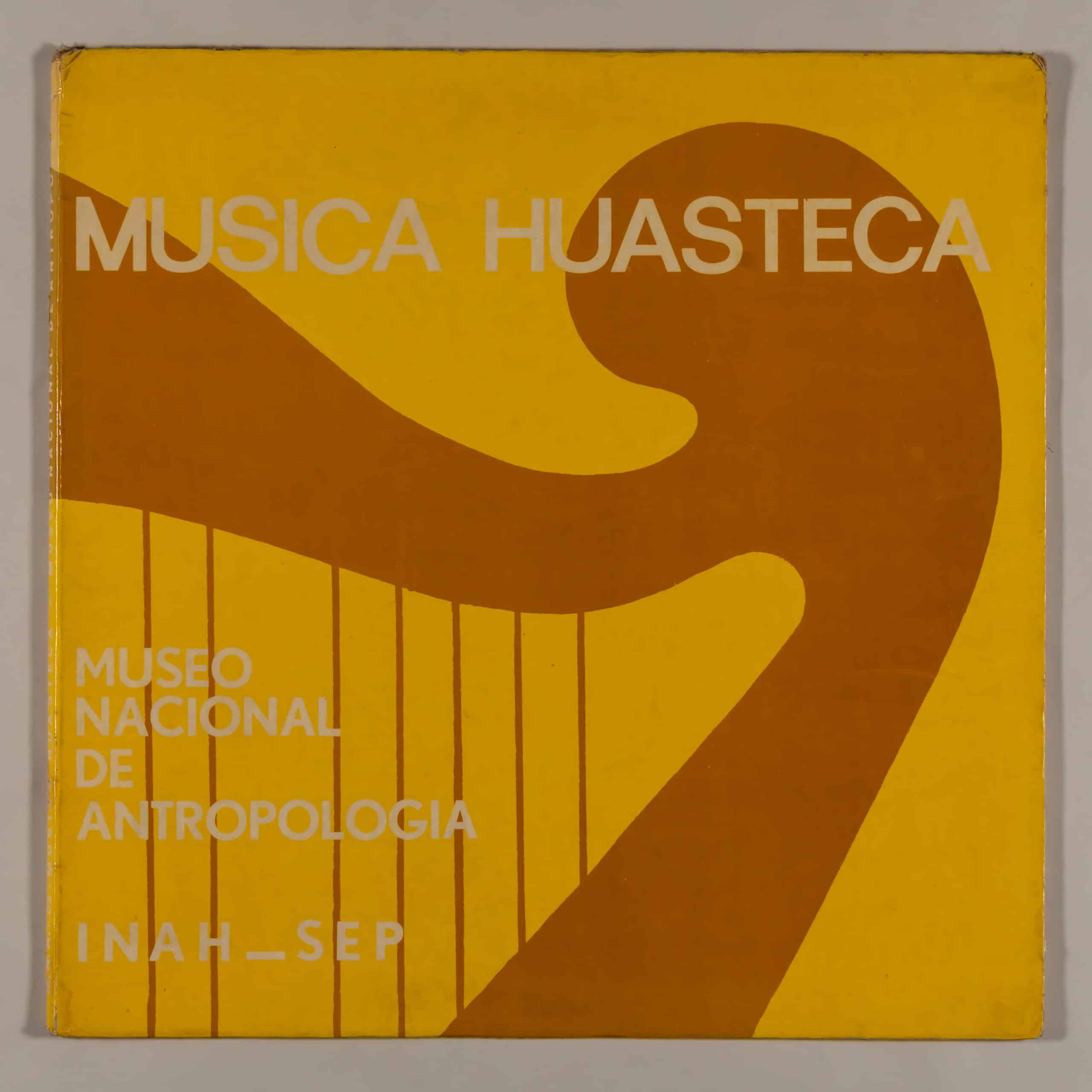
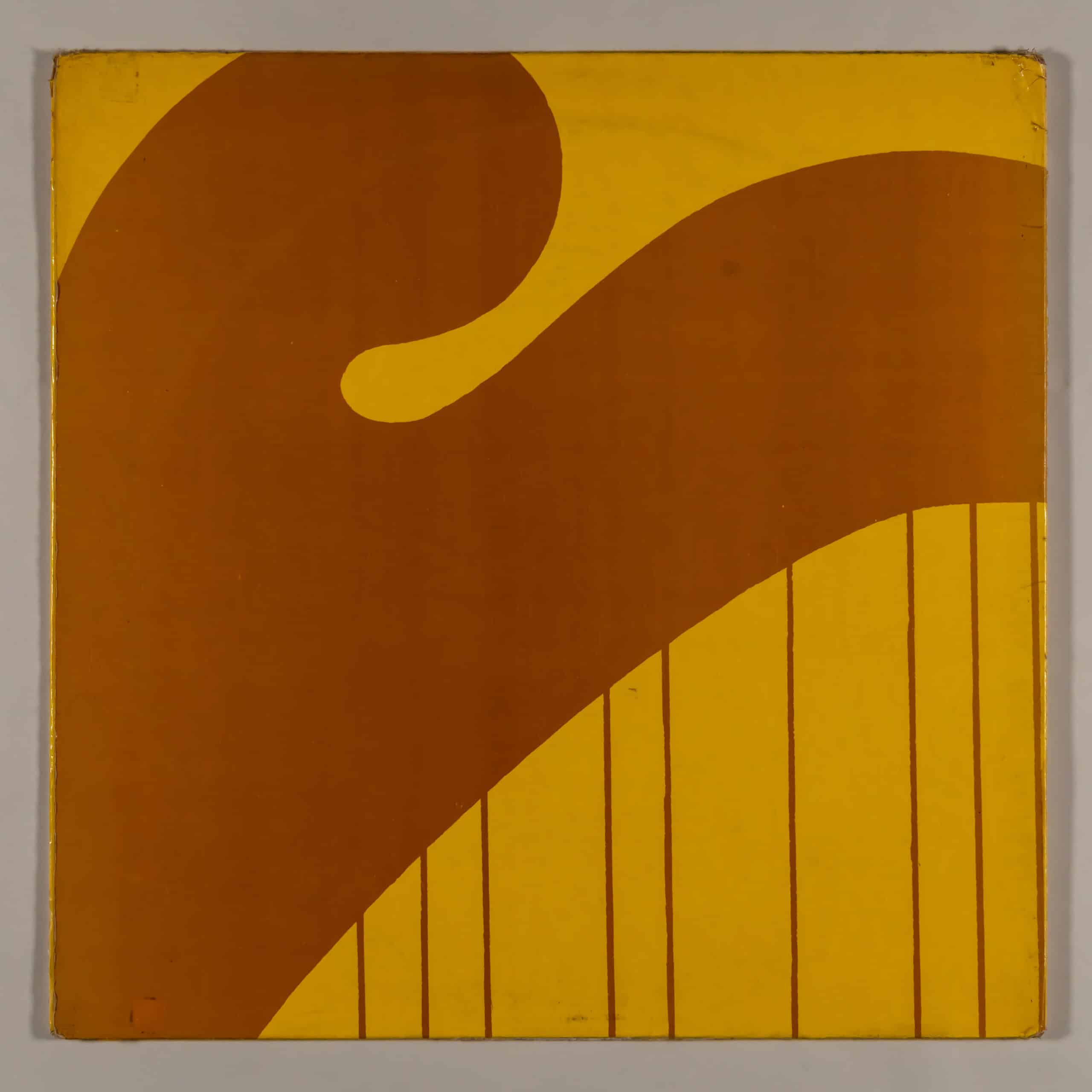
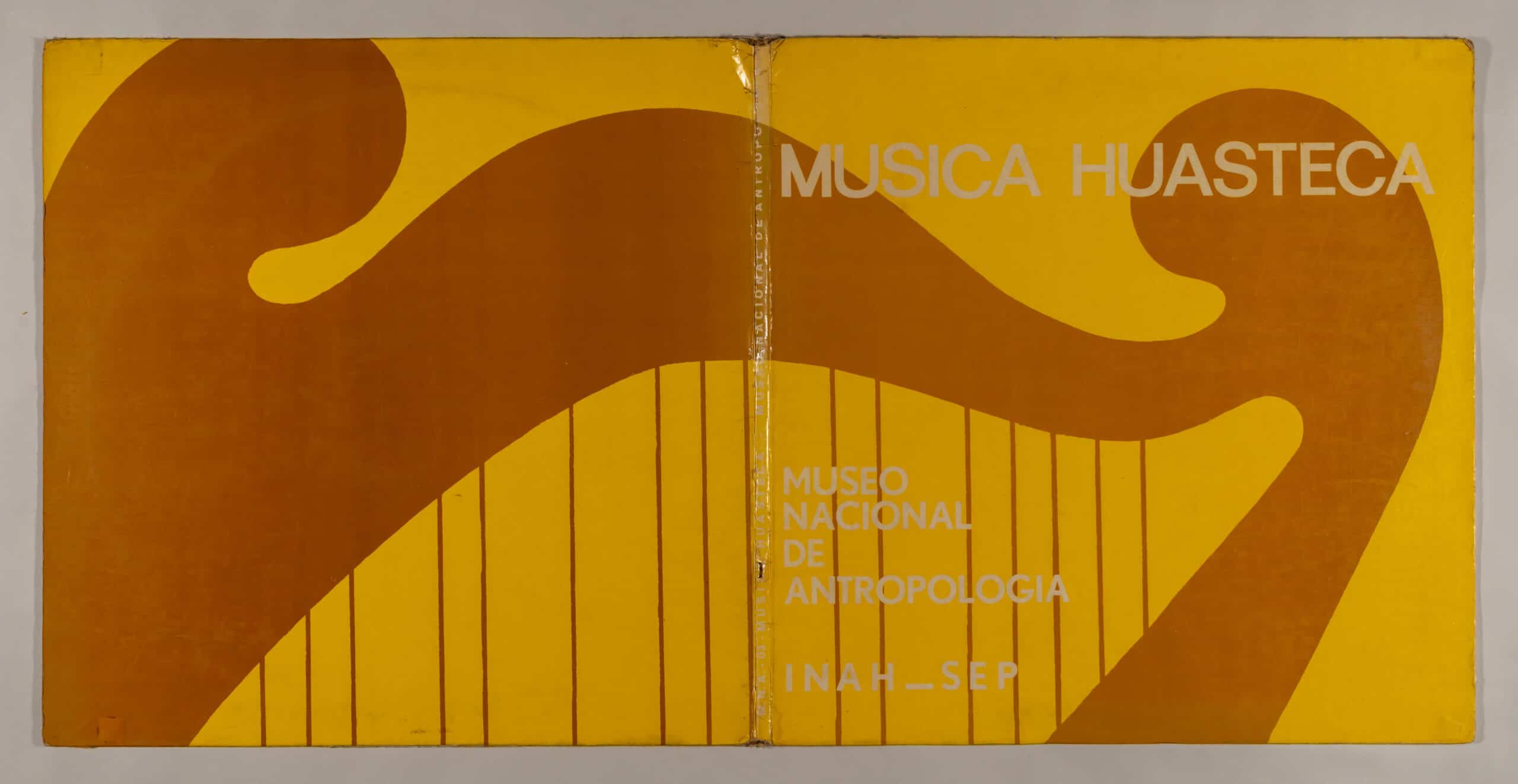

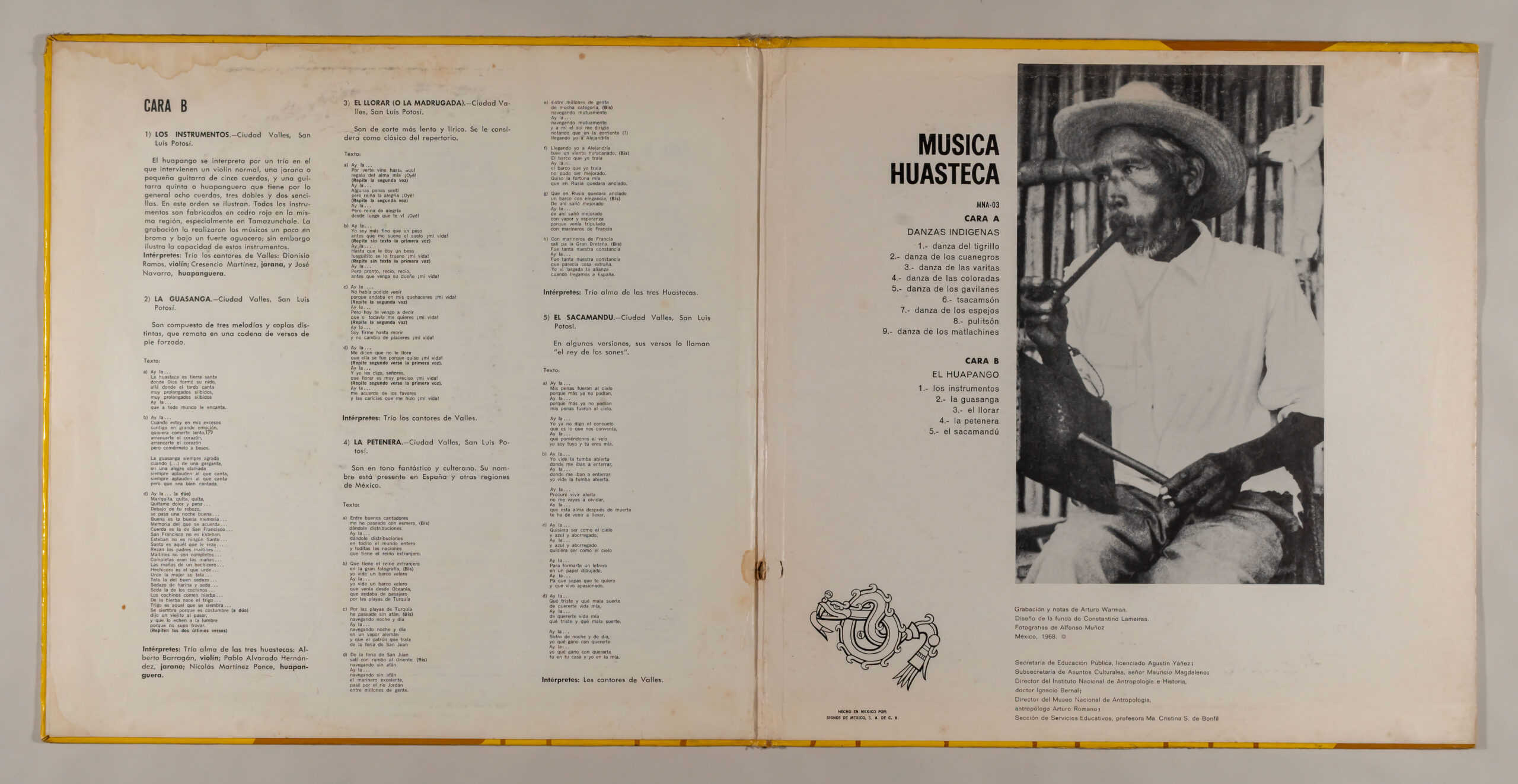
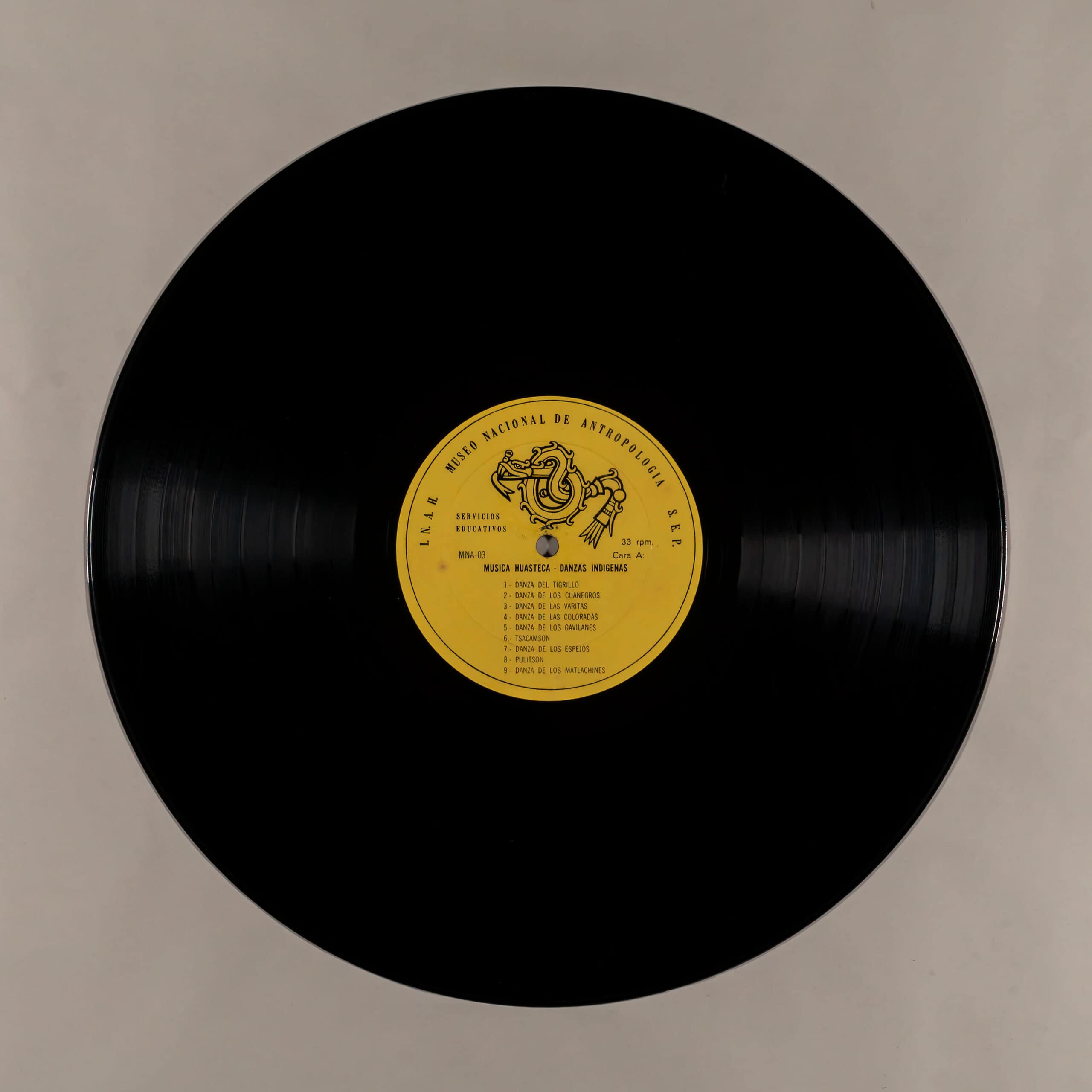

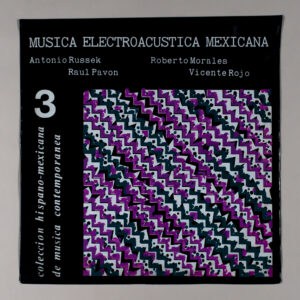

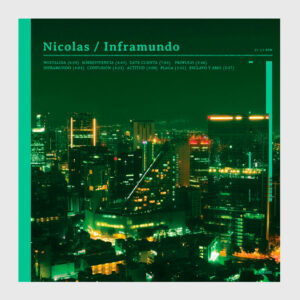
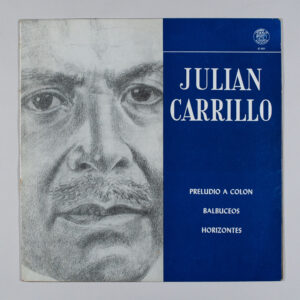

Reviews
There are no reviews yet.